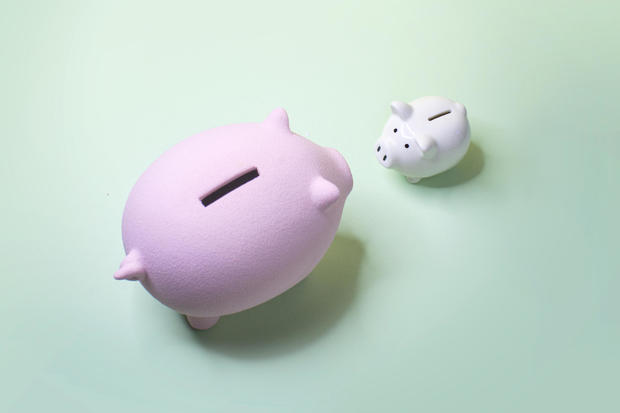Which savings account type is best?
Saving money is one of the most important financial decisions you can make. A healthy amount of money set aside can help you reach your financial goals faster and have a safety net to fall back on in case of emergencies.
But with so many savings account options available, choosing the right one can be overwhelming. A good place to start is with the account types that can earn you the most interest — but each account type with a high yield also has its pros and cons, and not all of them are suitable for everyone's financial goals.
See current savings rates here to see how much you could earn today.
Which savings account type is best?
Whatever your savings needs and goals, one of the big things everyone should look for is an account that will help you grow your savings faster. The two account types below are ideal for this.
High-yield savings account
The most common type of savings account is the basic savings account offered by traditional banks and credit unions. These accounts are protected by federal deposit insurance, meaning your money is safe if the institution fails.
However, traditional savings accounts offer paltry savings rates. The current interest rate for a traditional savings account averages only 0.49%. Your money will grow much faster if you put it in a high-yield savings account.
High-yield savings accounts offer many of the same benefits as traditional accounts, including FDIC insurance, but they earn interest at rates that can be 10 times higher or more than the average. At present, top high-yield accounts, typically found from online banks, offer rates between 4.00% and 5.05%. With all else being equal, choosing a high-yield savings account over a traditional one is a no-brainer.
Compare your high-yield savings account options online now.
Certificate of deposit (CD)
Certificates of deposit (CDs) are another type of savings account that offers high interest rates — sometimes even higher than high-yield accounts. CDs are also federally insured, making them a safe place to keep your money.
To earn these high rates, you must agree to keep your funds in the CD for the entirety of its term, which could last anywhere from a few months to several years. You'll agree to the term upon opening, but pulling out money before the term is up can result in early withdrawal penalties, which reduce your overall earnings.
If you won't need to access your money immediately, a CD can be a great way to build savings toward a particular goal, such as buying a new car or paying for a wedding. If you'd like the flexibility to withdraw funds at any time — like you may for an emergency fund — a high-yield savings account may be better.
That said, there are ways to potentially avoid early withdrawal penalties, including opening a no-penalty CD or creating a CD ladder. So be sure to take this into consideration when deciding which type of savings account is best for you.
View today's top CD offerings here.
The bottom line
The best savings account type for you depends on your financial goals and priorities, including your specific savings goals and how quickly you want to achieve them. That said, high-yield savings accounts and CDs are two great options to consider.
And there's no reason you have to choose one or the other. By dividing your savings between both types of account, you can maximize your earnings while also ensuring you have access to your funds if and when you need them. Whatever you choose, take the time to shop around and compare interest rates and terms from multiple accounts. With a little research and evaluating your own current situation, you can get the most out of your savings dollars.






